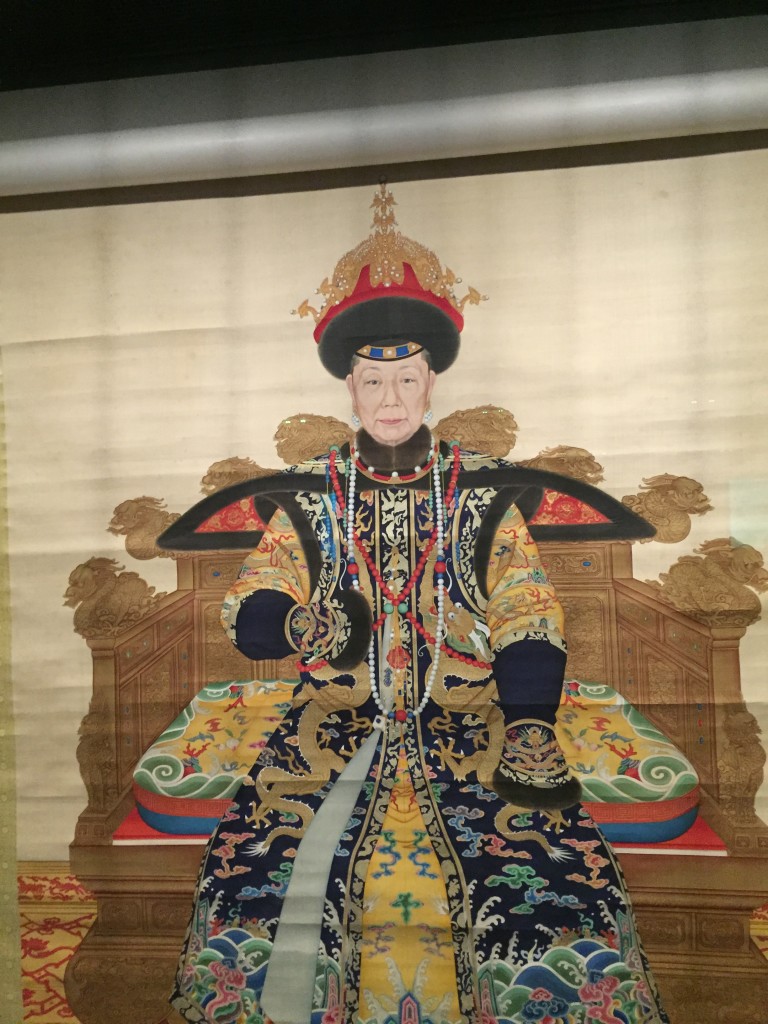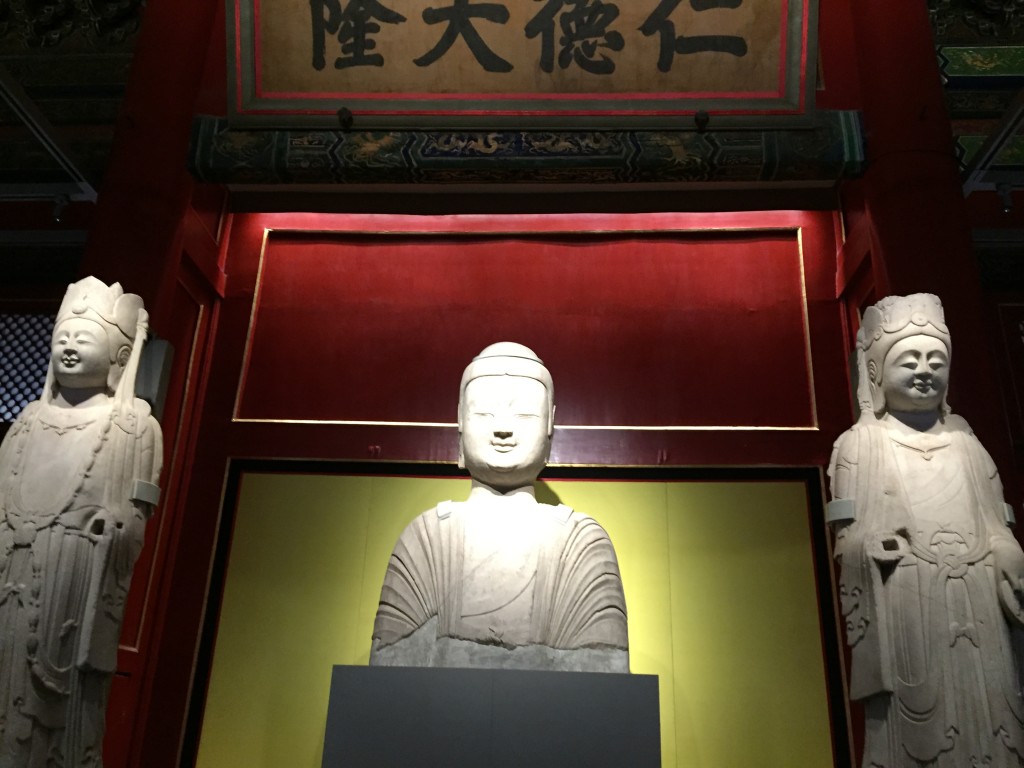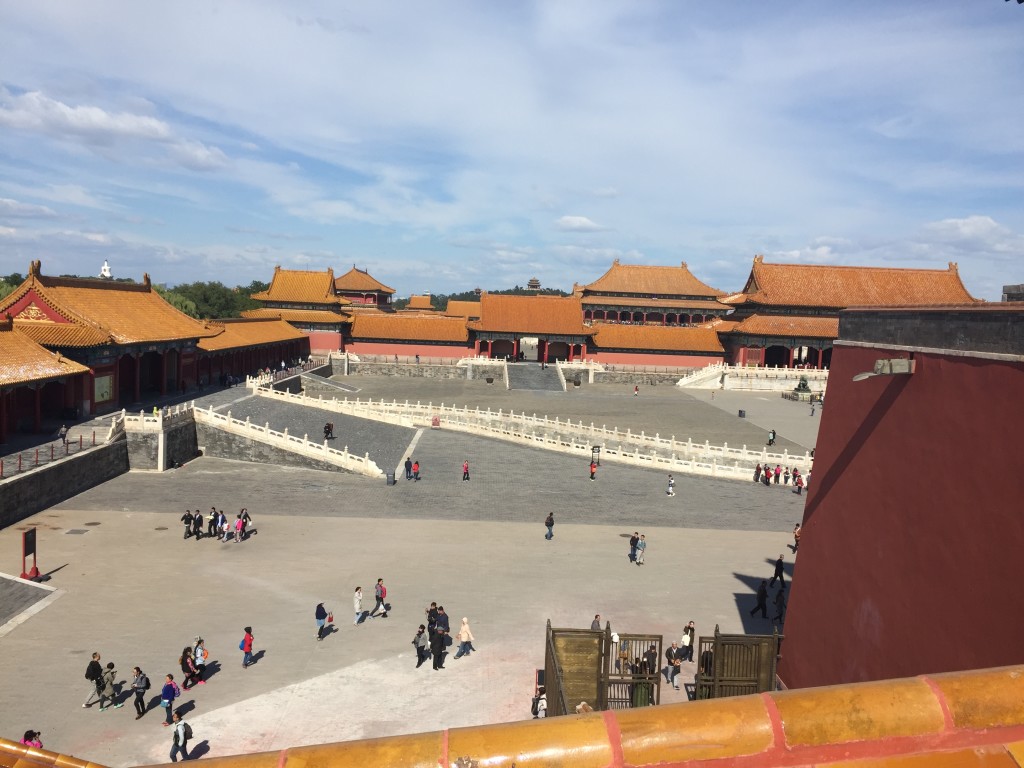The Palace Museum at the Forbidden City opened four new areas to the public this past month, a move which coincided with the 90th anniversary of the museum’s founding.
The opening of new spaces, and the unprecedented care to their renovation and restoration, should be welcome news to travelers and Beijing residents who had previously dismissed the Forbidden City as a vast array of sameness and symmetry.
It’s true that the power of the place has never really been it’s buildings. The late, great, B.B. King once described music as not existing in the notes, but in the spaces between the notes. In the same way, it’s not the structures of the Forbidden City — walls, gates, buildings — which give the palace its power, its the space between the buildings, how its used and how its aligned.
Nevertheless, the attention paid to the new renovations, including the recreation of imperial-era material culture, thoughtful curation of art exhibits, a better appreciation of the religious life of the palace, and a new emphasis on green spaces bode well for future projects.
Officials say their goal is to have 76% of the Forbidden City available to the public by the end of next year, compared with just 30% a decade ago.
Recently renovated courtyards in the Forbidden City’s western palaces along with the pavilions atop the Meridian and Eastern Gates, and the Baoyun Hall, a warehouse built in 1914 to store imperial treasures, are the first of a series of areas scheduled to open in the coming year. Although interest in these areas was high, few if any of the flag lemming tour groups were to be found in the recently opened palaces, suggesting that the tour guide’s scripts had not yet been updated to include the new renovations.
The newly areas with the highest traffic this past month were the Cining and Shoukang Palaces in the western part of the Forbidden City.
There have long been stories that the the spirits of concubines past haunted the Western palaces. Palace Museum authorities are hoping the opening of the courtyards to the public will end rumors of ghosts in the Forbidden City. Seriously. That was one of the reasons given by officials for opening this area to visitors.
The Western palaces were once home to the Empress Dowager Chongqing, the mother of the Qianlong Emperor who ruled the Qing Empire from 1735 until his abdication in 1796.
Painting on display at the Palace Museum of the Empress Dowager Chongqing (1693-1777), mother of the Qianlong Emperor.
The Empress Dowager entered the palace in 1705 at the age of 12 and gave birth to the future emperor when she was 18. Her son was known, among the Qing emperors, for his particular devotion to his mother, and the sumptuous palace grounds are in keeping with his documented concern for her comfort and well-being.
Part of the attraction for domestic visitors no doubt will be the connection between the newly accessible courtyards and the popular miniseries Zhen Huan Zhuan, which is (very) loosely based on the life of the Empress Dowager Chongqing.
Her bedrooms and sitting room in the Shoukang Hall have been painstakingly restored, showing a level of detail in the reconstruction of imperial era material culture not often found at the Forbidden City. Exhibits include her formal clothes, furniture, and jewelry.
Interior of Shoukang Hall. Residence of the Empress Dowager Chongqing in the 18th century.
Also newly opened is a nearby garden which shows a new approach to restoration at the Palace Museum, with more attention paid to the recreation of green spaces, grass, and trees giving visitors a better idea of what the area would have looked like during the Empress Dowager Chongqing’s residence.
Restored garden in the newly opened Western palaces.
Equally interesting is a private hall and chapel in the garden where the Empress Dowager Chongqing, noted for her piety, was said to pray daily. Religion has always played a role in palace life, but insufficient attention, until now, has been paid to the intersection of architecture, material culture, and the religious life of palace residents. Visitors are now able to enter the garden hall and see the shrine containing 1000 small golden statures of the Buddha.
Shrine used by the Empress Dowager Chongqing.
The renovations of the nearby Cining Palace, also in the Western palaces, has taken a different approach. Cining Gong is now an exhibition hall for the Palace Museum's sculpture collection. The exhibit includes incredible pieces dating back to the Han Era (206 BC-220 AD) as well as a magnificent stone bodhisattva from the Northern Wei period (386 AD-534 AD).
Stone bodhisattva from the Northern Wei period (386-535 AD) on display in the Cining Gong.
A nearby exhibit also showcases an archaeological dig on the grounds of the palace where researchers have exposed layers of brick and foundation.
Layers of brick uncovered by archaeologists researching the Forbidden City. One of the first exhibits at the Palace Museum demonstrating the painstaking process of uncovering the Forbidden City's rich history.
The public is now also able to ascend the eight-meter tall walls which surround the palace. The Meridian Gate, the entrance to the Forbidden City, and the Donghuamen Gate, along the eastern walls, are both accessible. Palace staff limit the number of visitors atop the wall at any given time, with groups of about 100 allowed to ascend the wall as other visitors descend the opposite staircase. Security guards at the top of the wall bark sternly at visitors to keep the crowds moving.
View from the newly re-opened top of Wu Men (the Meridian Gate) looking into the first plaza of the Forbidden City.
In addition to new views across the plazas and rooftops of the palace, the recently restored pavilions atop the Meridian Gate currently feature a series of exhibits with gifts, ceramics, and clothing used to celebrate imperial birthdays during the Qing Empire.
The centerpiece is a 39-meter scroll painting of the 60th birthday celebration of the Kangxi Emperor. The scroll features over 18,000 figures — mostly officials and invited guests, some things never change — lining the streets and hutongs of Beijing between the Xizhimen Gate and the Forbidden City to watch the procession.
Section of a 40-meter scroll painting depicting the 60th birthday procession of the Kangxi Emperor. Now on display at the Meridian Gate.
Access to the new areas is included in the admission price to the Palace Museum but authorities plan to limit the numbers to all of the new sites to prevent crowding.
The Forbidden City, which imposed an 80,000 per day limit along with real-name registration for all visitors this past June, is also considering additional requirements. Shan Jiaxiang, Museum Curator, told state media that there are plans under consideration to close the ticket booths and require all visitors to purchase tickets online.
From Shanghai Daily:
“We’re also considering allowing in different numbers of visitors at different times of a day. For example, 30,000 visitors from 8:30 to 10:30am, 20,000 visitors from 10:30am to 12:30pm and 15,000 visitors from 12:30 to 2:30pm and from 2:30 to 4pm,” he said.
While tour companies and travel agencies have generally welcomed the new system, the online ticketing process has frustrated many independent travelers. Currently, the website for reserving tickets requires a Chinese telephone number and limits online purchases to just five tickets.
This could prove problematic when crowds swell for special events or during peak holiday periods. During this month’s National Day holiday, online bookings reached a record 49,000 in a single day and in the first couple of days of the holiday, all 80,000 tickets were sold out by mid-morning leaving latecomers to deal with the scalpers who still, despite the new policies, prowl the plaza in front of the ticket windows.
Whether subsequent policy changes will adequately balance the need for preservation and the desire of the public to view the palace remains to be seen.
---------------------------------------
Shameless plug, I do lead walks of the Forbidden City, and the newly opened spaces, for individuals and groups. Interested parties can check out my company website Beijing by Foot.









